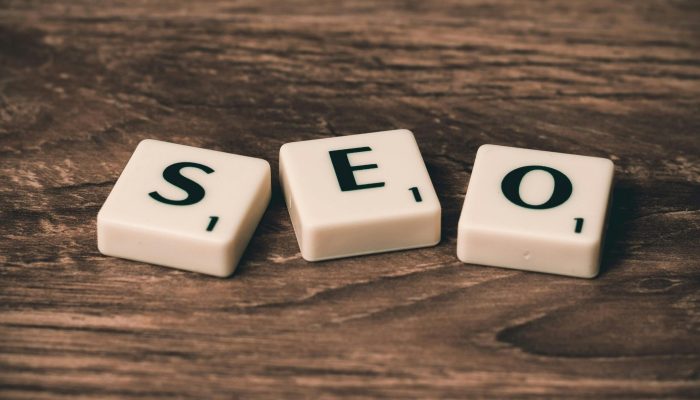What pages to create?
3.) Local area pages
A local area page provides the user with a general profile of a larger region or county. The local area page then acts as a hub of sorts which offers links to specific developments within the villages, towns or cities that make up the county.
From an SEO perspective, local area pages can be particularly useful when trying to target search terms around broader areas such as “new homes in Yorkshire”. These search terms would be too broad for an individual development to target, with individual developments usually best used to target specific cities, towns and villages, such as “new homes in Leeds”.
It’s useful to think of it as a hierarchy or a funnel, with local area pages targeting regions and counties and developments targeting cities, towns and villages.
When writing about the local area around your new development, it is best to approach it from the perspective of potential buyers looking to move to a new area.
Whilst it can be tempting to include “interesting” trivia about an earl who lived in the area in the 1700s or a statue that’s over 500 years old – are these really the noteworthy aspects of an area that would be the determining factor if a person is considering moving to a new place?
Rather Space & Time have found that the following should be the main focus:
- Nearby schools/universities.
- Local shops and shopping districts, for example, shopping centres.
- Transport links – including proximity to big commercial areas like London.
- Green spaces such as parks.
- Nearby restaurants.
- Local sports & leisure facilities.
- Places to take the kids at the weekend.
Simplicity is key
It can be a common mistake to top load a piece of writing with convoluted introductions, promises of answers later in the article and 50 words that could have been said in 5.
Content being overly convoluted just serves to frustrate the user and Google, in its Helpful Content Update (March 2024), made it clear that they value quality over quantity.
People want the answers they’re looking for within seconds of opening a page. They want to know they went to the right place.
With a competitive search environment, if one article doesn’t entice a user quickly, people will bounce off the page to find content that does.
Re-read and re-re-read your work
It is important to make your writing user friendly. Sometimes, all it takes for a reader to click off a page is bad grammar and awkward sentences. Tools, such as Screaming Frog, can check an entire website’s spelling on mass.
If there is no care given to the quality of the words used, how can a buyer trust the brand cares about the quality of their homes?
The content and, indeed, everything put on a brand’s website can have a significant impact on the customer’s perception of the brand and its products.
Include links to both internal and external pages
To get the most SEO value out of each visitor, it’s important to keep them on the website for as long as possible. Strategically placed internal links can help with this.
However, including external links to other websites is just as important. If a restaurant, a school or any other sort of local attraction is mentioned, these need to be linked to as this makes the content more helpful to the reader.









